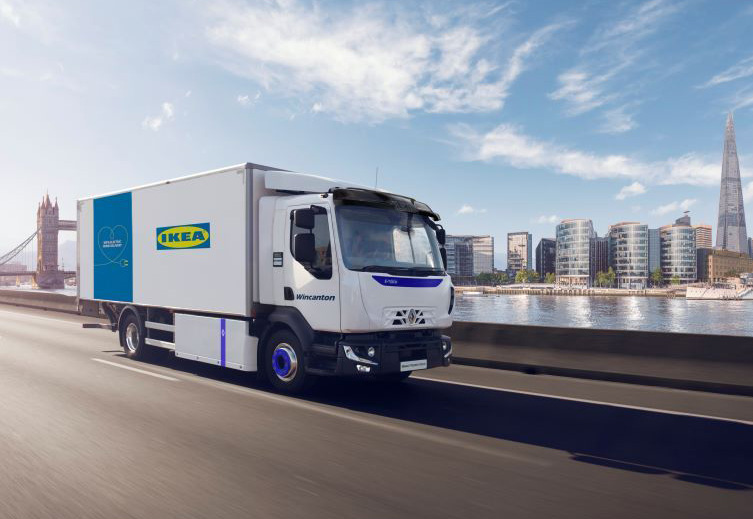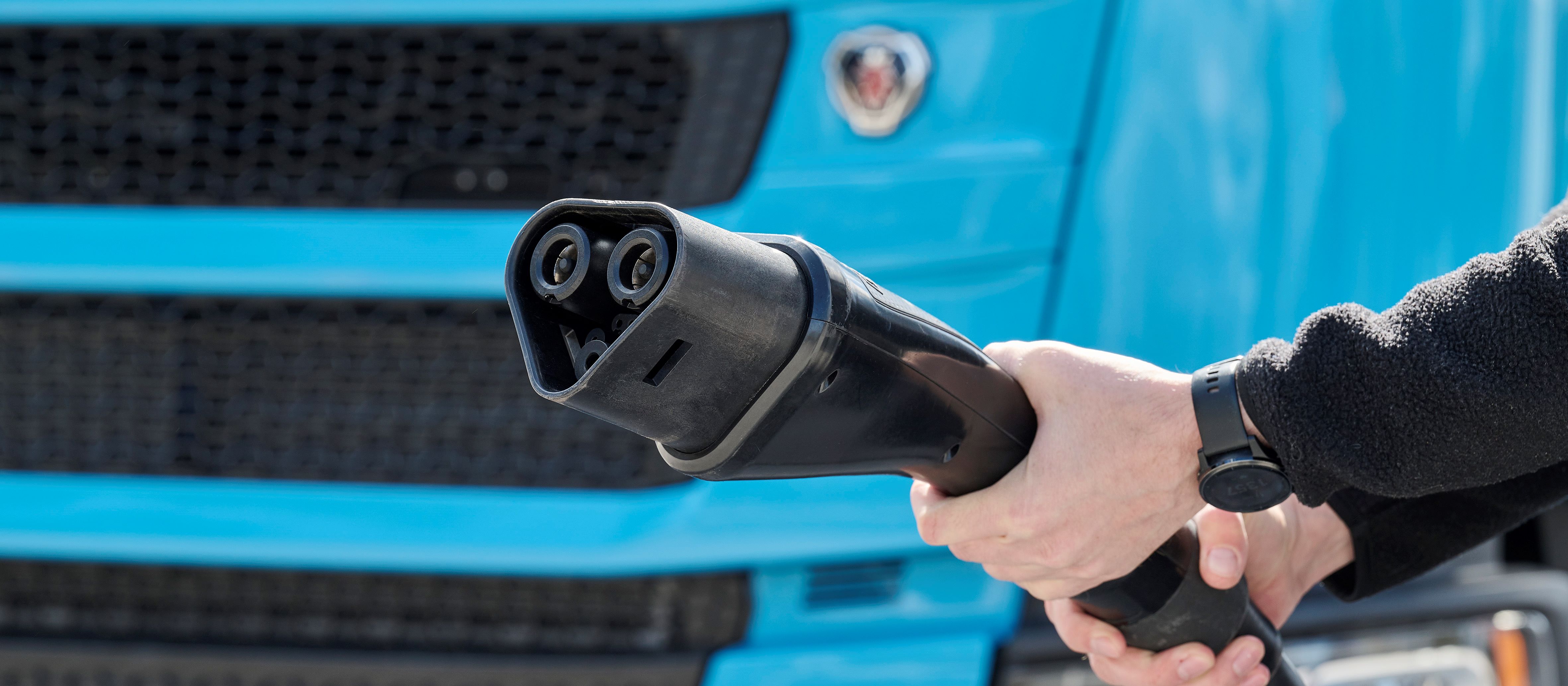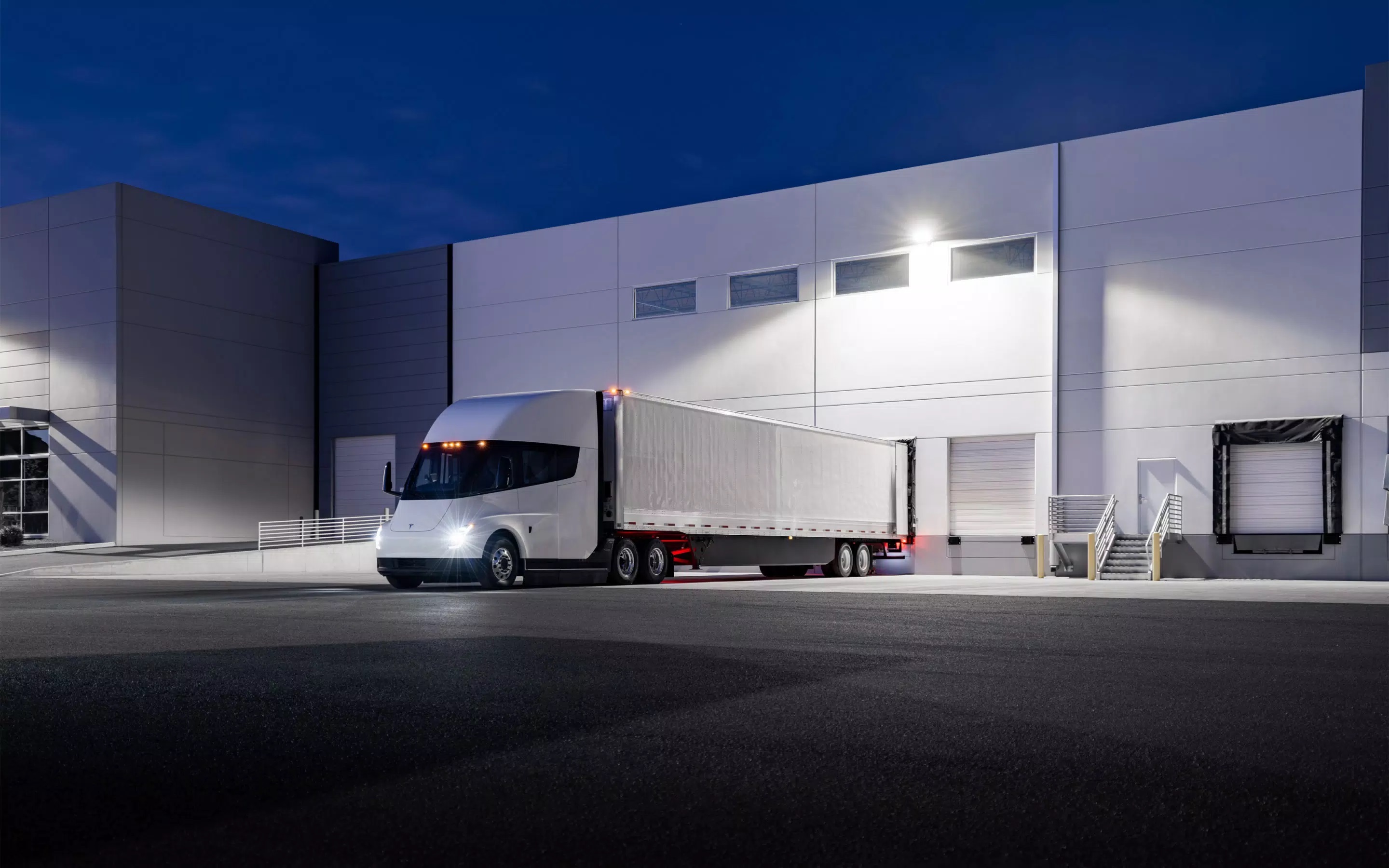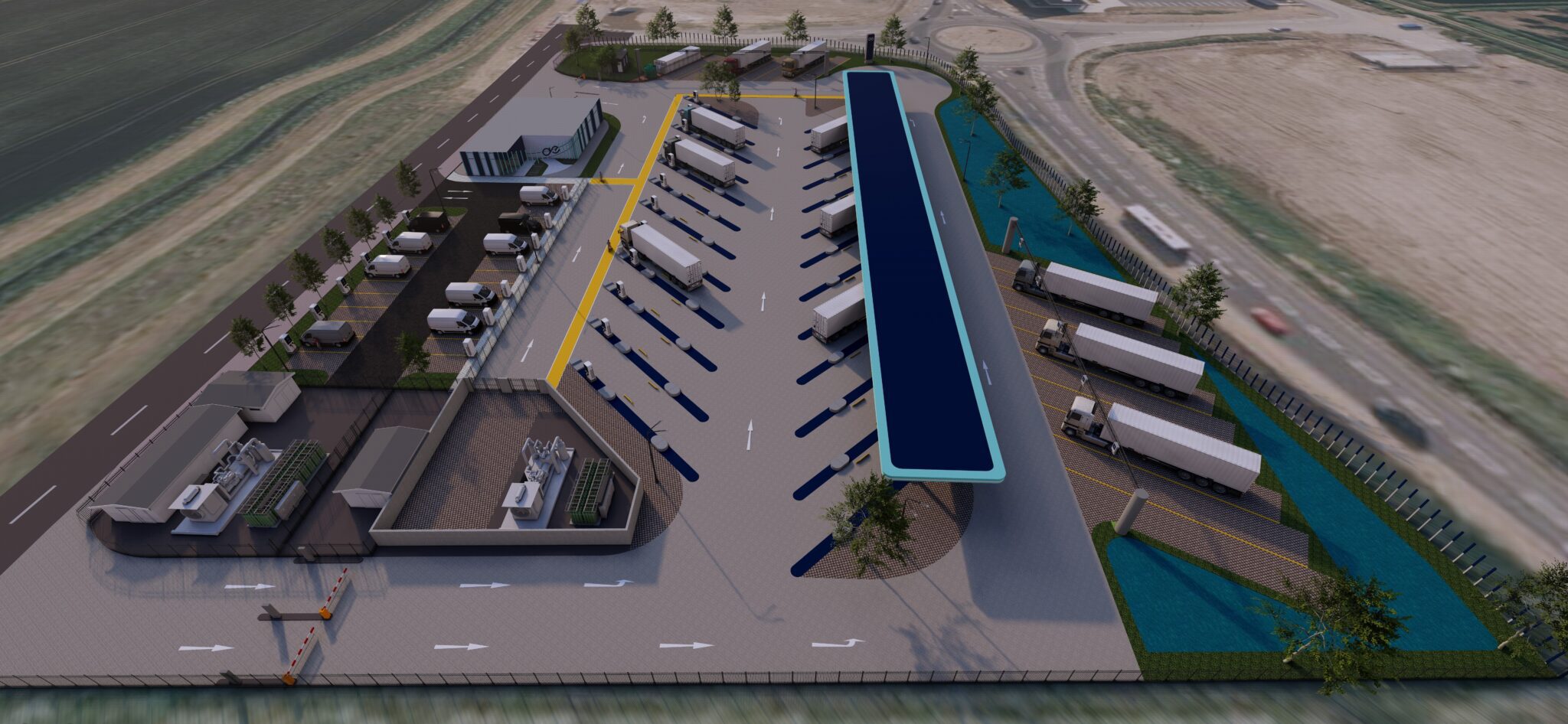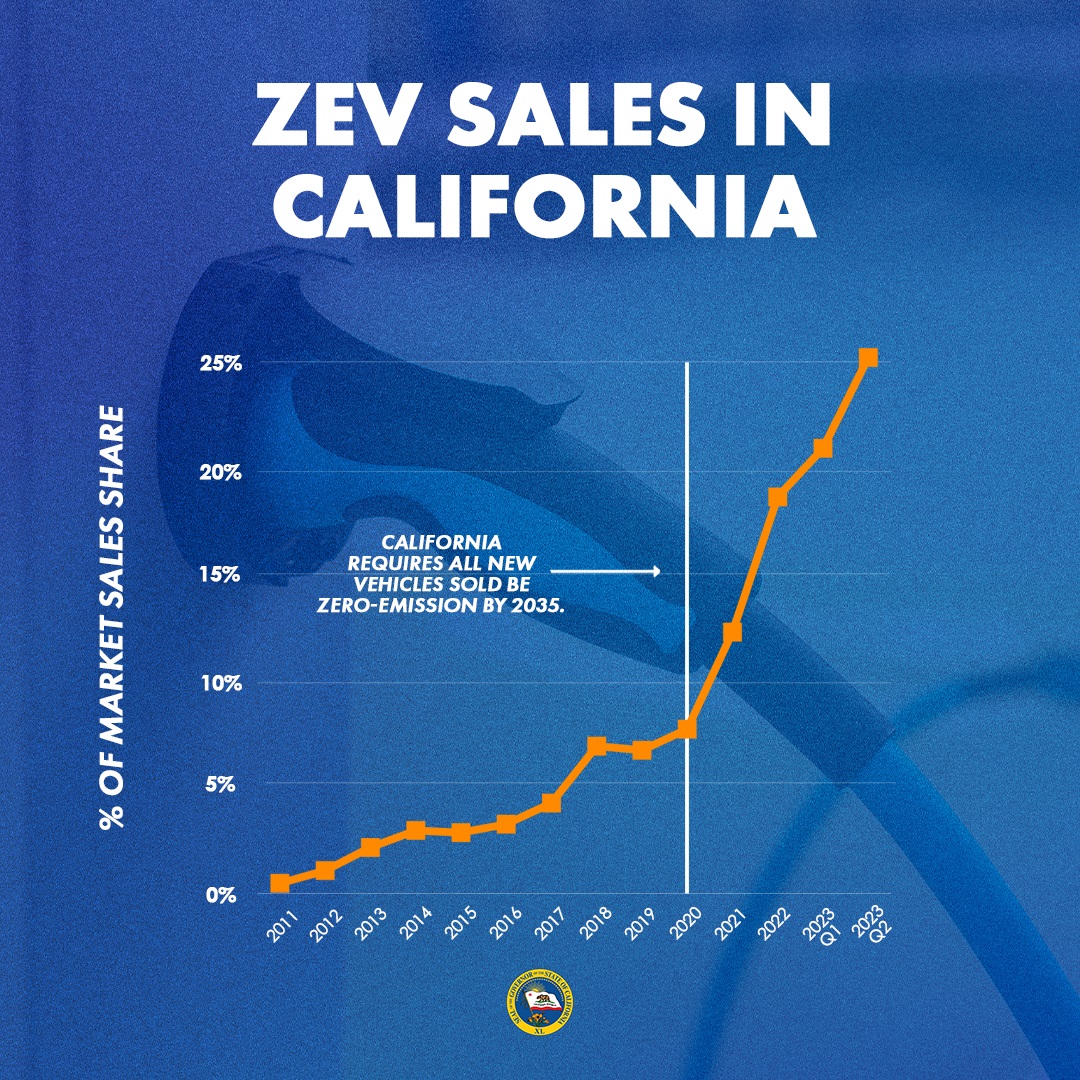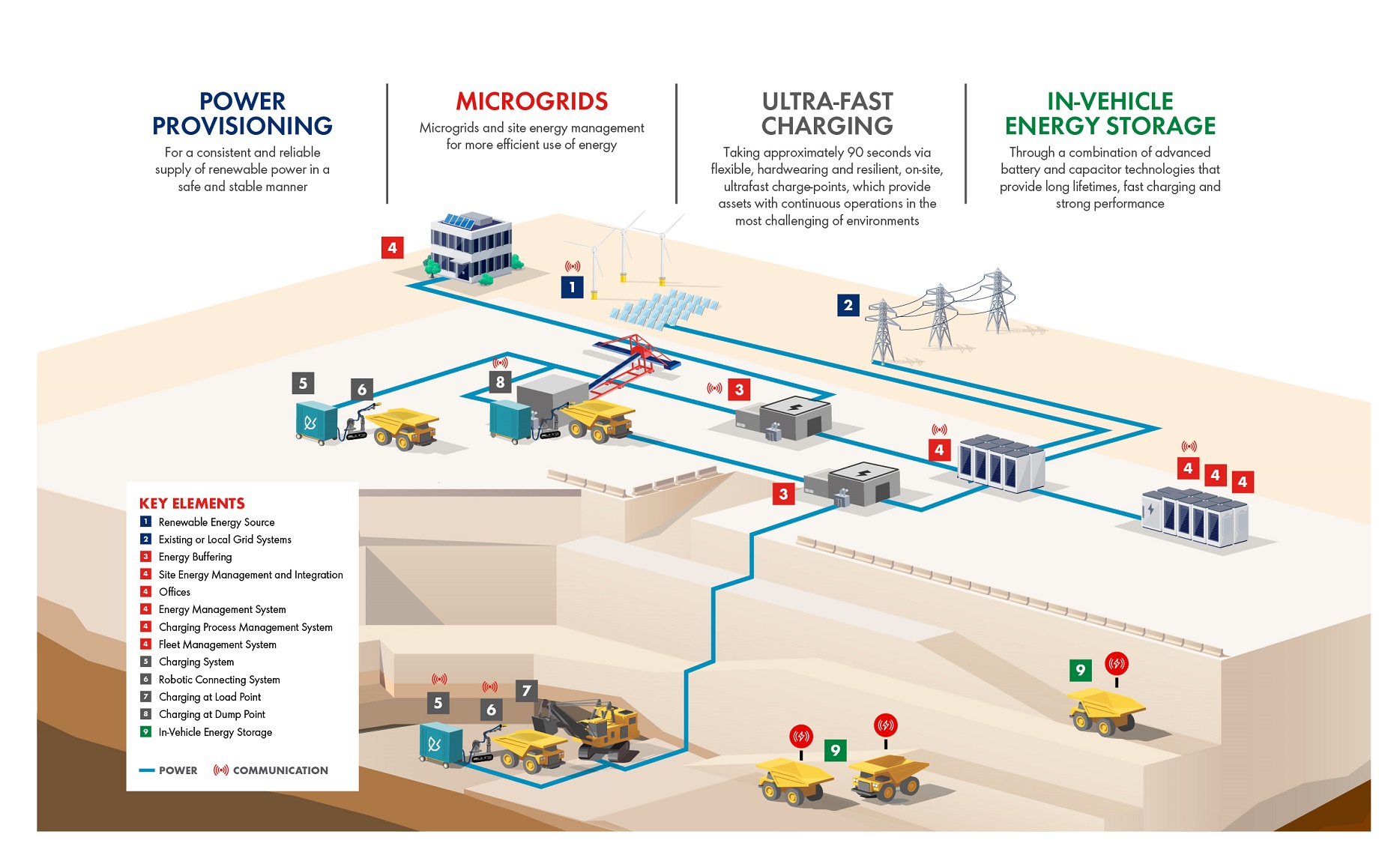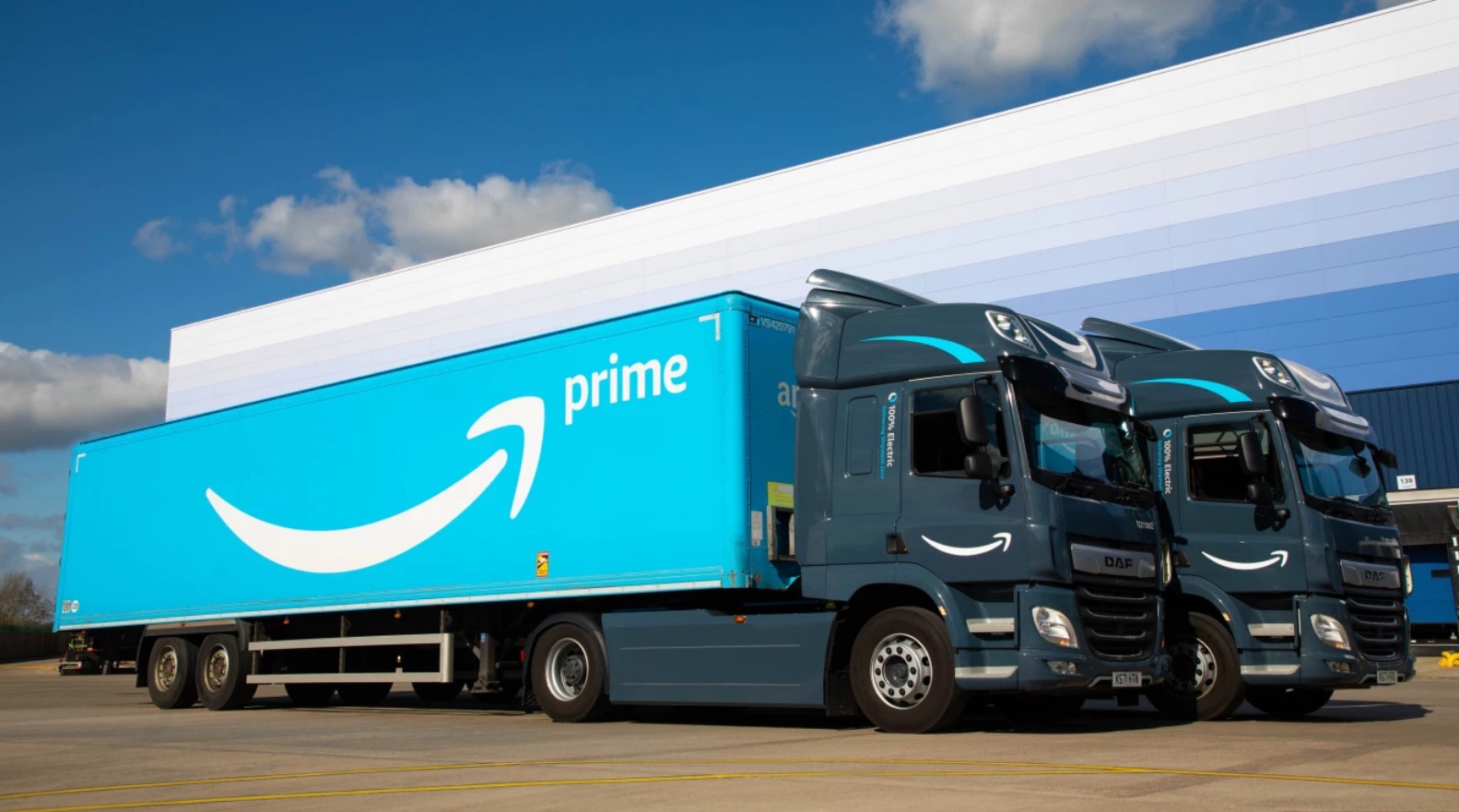
In addition to delivering packages to customers more sustainably, the online retailing giant says the investment is also intended to drive innovation across the industry and encourage more public charging infrastructure, which will help enable the broader transportation industry to reduce emissions more quickly.
The company is already using thousands of zero-emission vehicles across its European operations, and this investment will add thousands more, accelerating Amazon’s progress toward becoming net-zero carbon by 2040 — 10 years ahead of the Paris Agreement.
Andy Jassy, Amazon CEO, said he hopes the investment will further encourage transportation and automotive industries in Europe and around the world to continue scaling and innovating.
Amazon has more than 3,000 electric vans delivering packages to customers across Europe, and with this new investment, it expects to grow its fleet to more than 10,000 by 2025.
The company recognises that long haul transportation is a hard-to-decarbonise sector due to the size and weight of the trucks and trailers, and the long distances they need to travel. It adds that electric heavy goods vehicles (eHGVs) are a promising technology, but eHGV production and charging infrastructure availability are limited.
Amazon says it is using its size and scale to help spark the scaling of eHGV production so the company and others can more quickly transition away from diesel trucks. With the investment it has announced, Amazon expects to purchase and roll out more than 1,500 eHGVs in its European fleet in the coming years. To power its eHGVs, the company will build hundreds of specialised fast chargers across its European facilities, allowing the company to charge the vehicles in approximately two hours.



